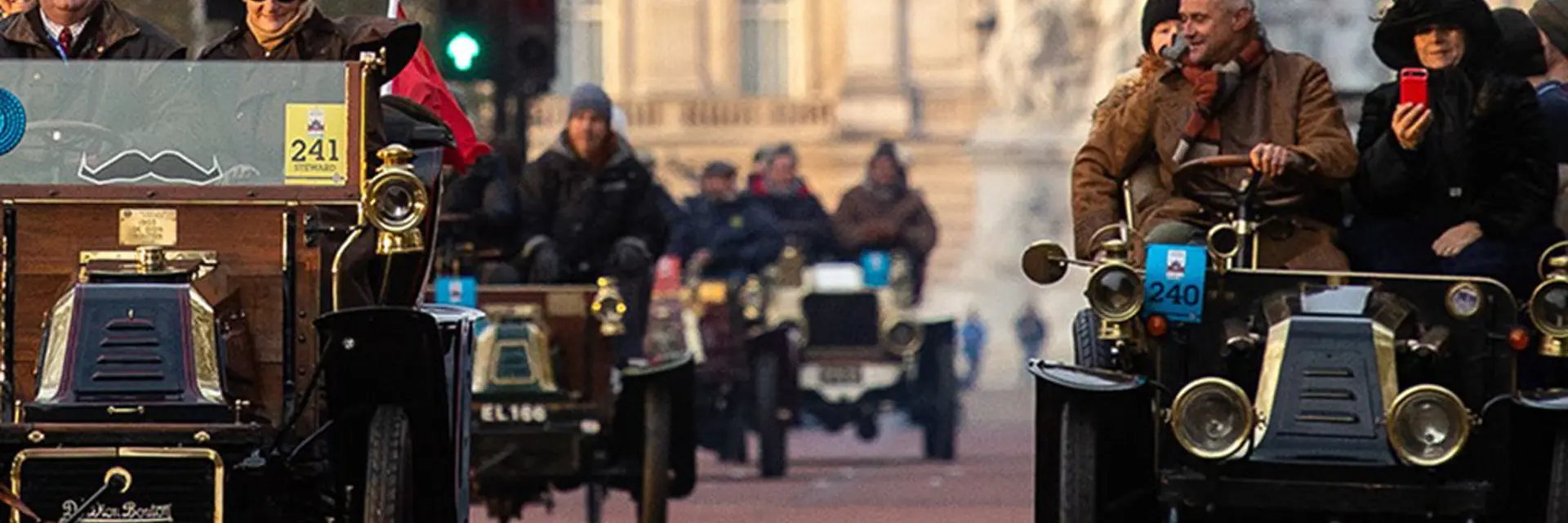There is no doubt you remember how you felt when you first received your driver’s license. The feeling of total freedom—of near-unlimited movement, anywhere the roads will go—is a singular experience, shared among car fans of all ages and eras. Even when cars were mere “horseless carriages,” part of the appeal was in using the automobile as a means of escape.
That expression of freedom was certainly on the minds of the brave few who gathered at the first London to Brighton run on the 18th of November in 1896. The morning’s forecast called for rain, but it did not deter the 33 motorists who assembled an array of automobiles from France, Germany, and the United States in what must have been the world’s most extensive “group test” of any automobile at that point. Organizing the event was the Motor Car Club of Britain—this was to be their first official meeting.
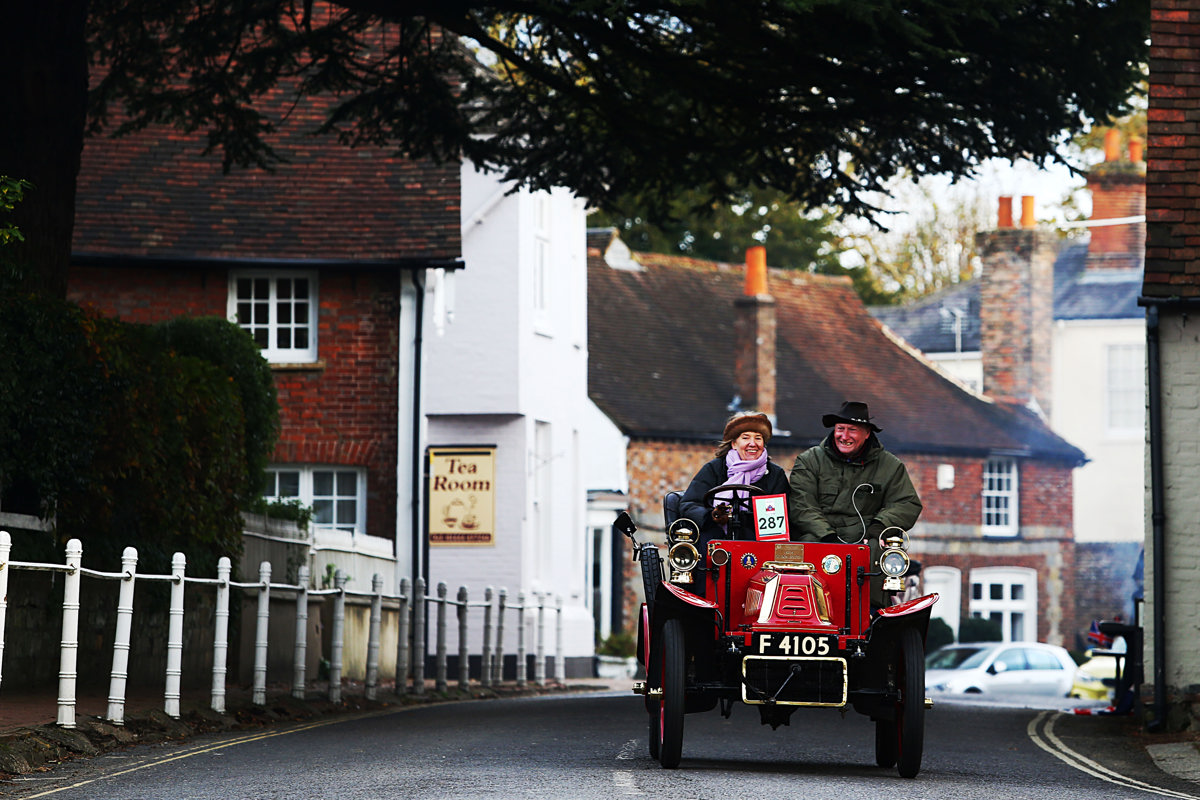
First, they gathered for breakfast at the Charing Cross Hotel, where attendees witnessed the 12th Earl of Winchelsea tear a red flag into two, signifying the onerous restrictions and speed limits on early automobiles were lifted—thanks to the passing of the Locomotives on Highways Act 1896, the car was no longer limited to go only as fast as a “furiously racing” horse (4 mph). Finally unleashed, the automobile was free to evolve—essentially, everyone in attendance got their driver’s licenses at once.
Period accounts suggest that rainy morning in November marked the dawn of a new era of progress. Accompanying the 33 motorists were near “10,000 bicyclists,” forming a flying escort to cheer on the cars out of the city as they started their 54-mile journey to Brighton. What a sight it must have been!
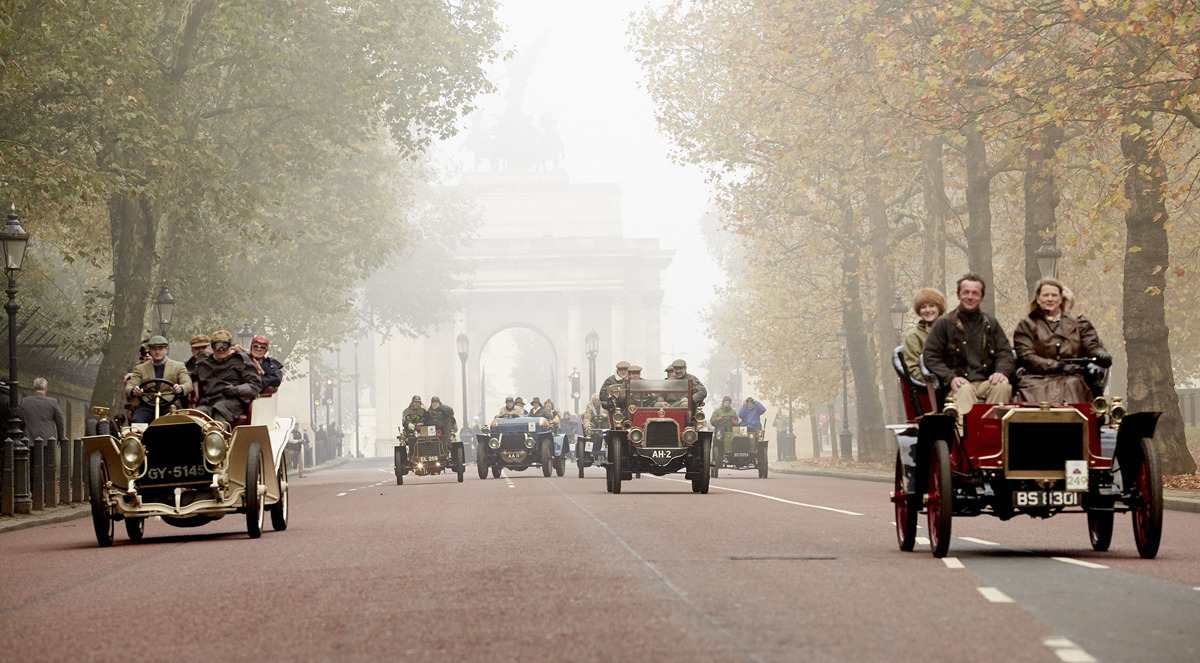
Keeping a tradition like this alive is important for British history as much as automotive history, and by all accounts, the event has only grown, with an extensive entry list with all manner of marques and models—including some early electric and steam-powered vehicles, even a few bicycles—all manufactured before 1905.
RM Sotheby’s London-based Specialist Michael Squire, as well as Public Relations Manager Peter Haynes, are just two of several RM Sotheby’s staff members who have participated in years past. As the title sponsor of this year’s London to Brighton Veteran Car Run, one would expect a strong showing from the RM Sotheby’s team, and with a veteran Cadillac in the company’s UK fleet procured expressly for the purpose of doing the run, our team stands equipped for success. And with RM Sotheby’s signing on as a title sponsor of the run for the next ten years, it shows the passion for vintage automobiles runs deep—as well as the understanding that traditions like these deserve to continue.
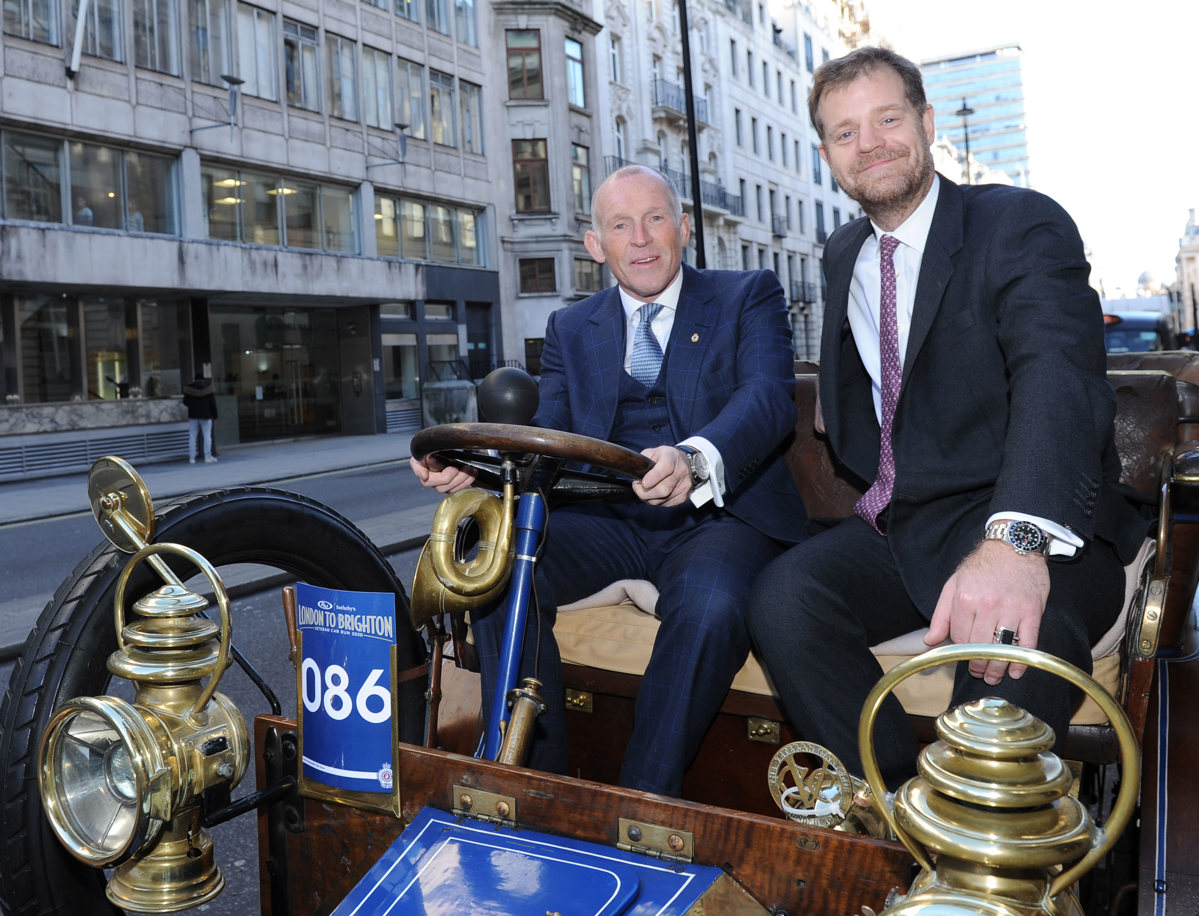
Maarten ten Holder, Head of Europe & Chief Auctioneer, RM Sotheby’s (left above) and Ben Cussons, Chairman of the Royal Automobile Club.
Haynes sets the scene: “On a good November morning when the park is covered in a thin layer of gently rising mist, and the sun is shining upon the amber shades of autumn leaves, to see all the Victorian era cars lined up and gleaming really is something very special. Lest we forget that, for most of us, this is the one day of the year when we get to see a ‘Veteran’ car out on the road and being used as intended, never mind 400 of the things.” Very old cars looking a bit out of place in a thoroughly modern city.
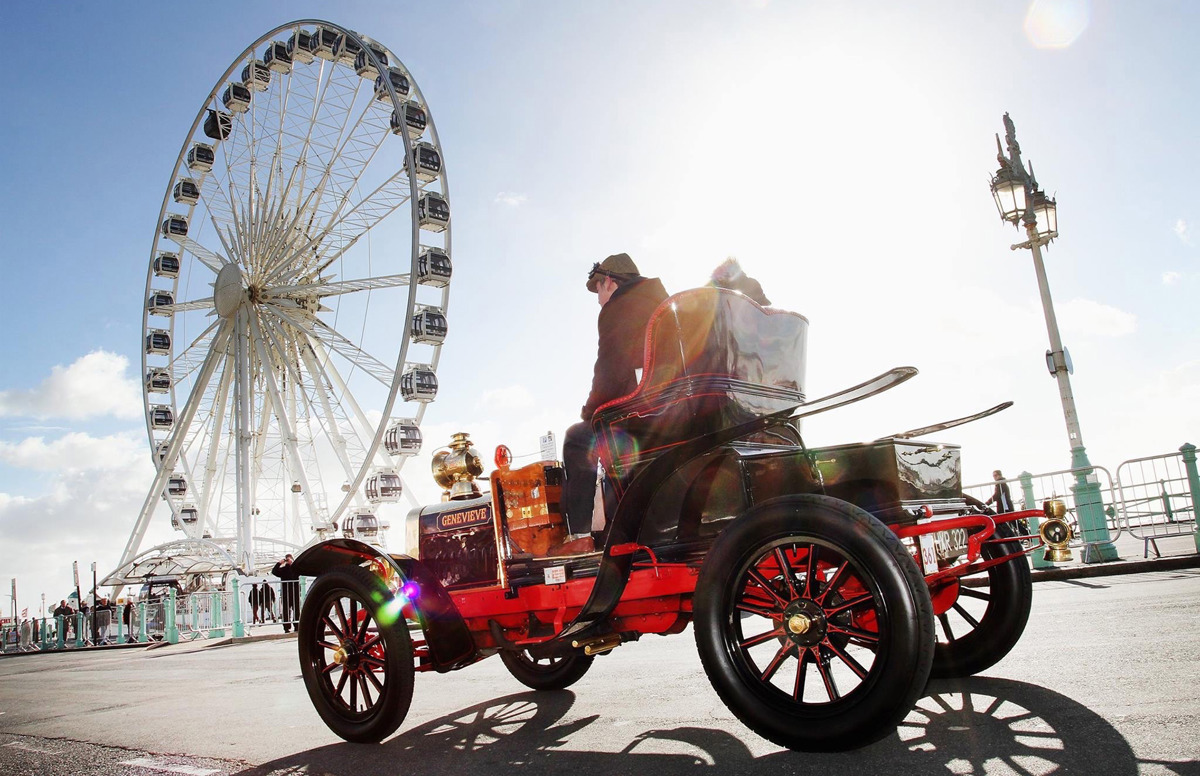
Squire is equally misty-eyed about the run’s idyllic starting grid: “The start at Hyde Park with steam being let off everywhere as the sun rises is a very special moment. I think we shouldn’t mention that it is freezing every year…” For the lucky spectators who wake up early enough to see these Veterans start-up and steam away, the sight must be equally as alien as those who beheld the spectacle in 1896.
After the cars depart, the onlookers can go and grab a cup of hot tea and a Full English and go browse the in-person auction lots—for those actually strapped-in to pre-1905 vehicles, the tough part is just beginning. Haynes continues: “Driving a Veteran isn’t easy. The advancing and retarding of the ignition; the apparent lack of brakes that focuses the attention like nothing else; steering with the feedback of a tiller on a Cornish Crabber; the need to maintain momentum to tackle even the slighted gradient and the caution with which a steep decent needs to be approached—all combine to make it a motoring experience like no other.”
Himself a veteran of pre-war motoring, Haynes is in no way a novice to the quirks of vintage motoring, but these twelve-decade-old vehicles are another item entirely. “By comparison,” Haynes says cars from the 1920s and 1930s, “feel positively refined, rapid and resolved. But that’s the precise point, I guess—this is the one day of the year when you can feel like a motoring pioneer, embarking on a 60-mile journey that may or may not end in success. High jeopardy indeed.” And yet, by his second year running, Haynes and the team mastered the Cadillac’s ignition timing, making for a much smoother journey.
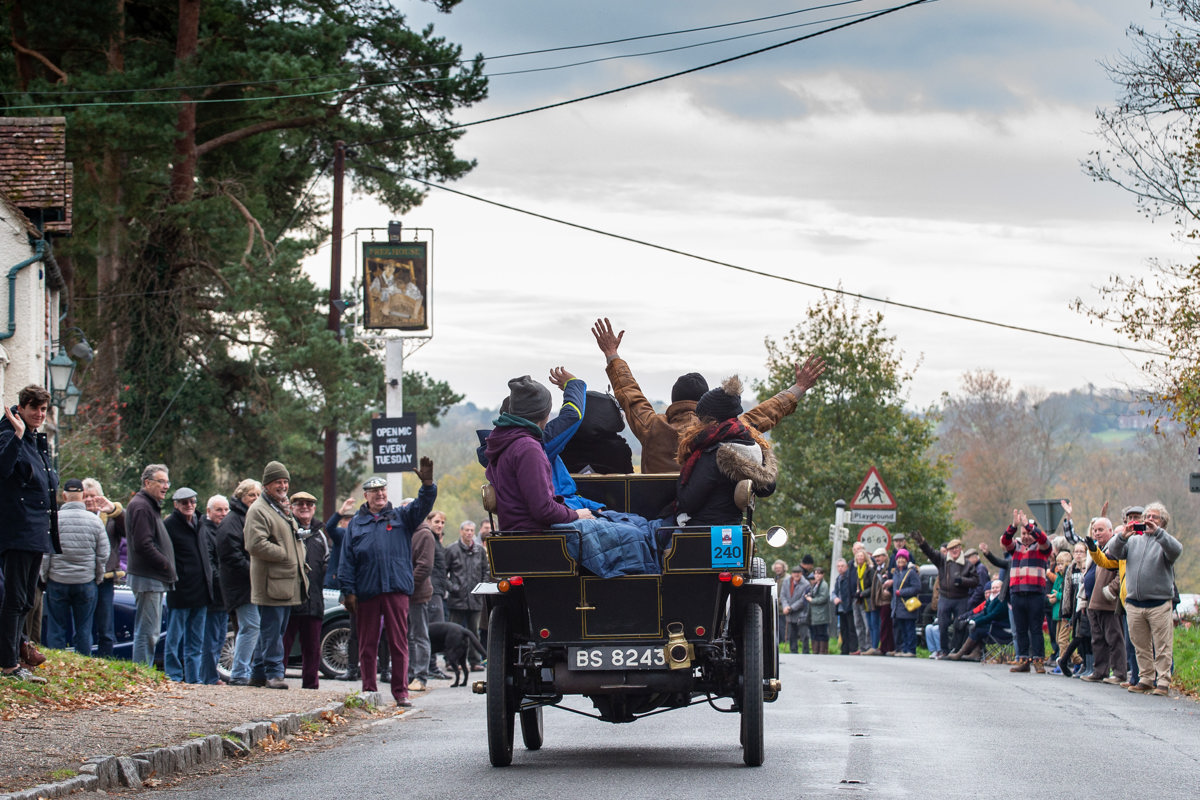
Squire’s account only underscores the idea that motoring can still be thrilling at low speeds. On his second running from London-to-Brighton, Squire had an entirely uneventful journey up until the end, “when we got a flat tire, and it fell off as we crossed the line…”
And yet, this degree of adventure is part of the appeal—as Haynes reflected on his two entries into London-to-Brighton, “both were fun in equal measure, and it’s an event that any enthusiast should try and do at least once if the opportunity arises.” Though the 54-mile journey from the UK’s capitol to the beach at Brighton would take barely a blink of an eye today, in his first attempt, Haynes managed much longer than that…
“In the end, that year took us eight hours. Yep, you read it right—we completed 60 miles in eight hours. I can drive from Sussex to Dijon in eight hours.” But the experience converted Haynes, helping him understand “the passion that enthusiasts feel about doing the London to Brighton. I have said many times since that first eight-hour marathon that it is unquestionably the most fun I’ve had on four wheels.” This commitment to an enduring tradition reflects the deep appreciation for vintage vehicles that runs throughout RM Sotheby’s—not simply a group of auctioneers, but genuine enthusiasts, too.
Since the brave souls of the Motor Car Club of Britain set off on that November morning of 1896, the car has taken on many shapes and forms. And yet the same spirit of freedom that emboldened the early motorists still endures today—as long as we decide to keep fuelling the tank and cranking the engine.

